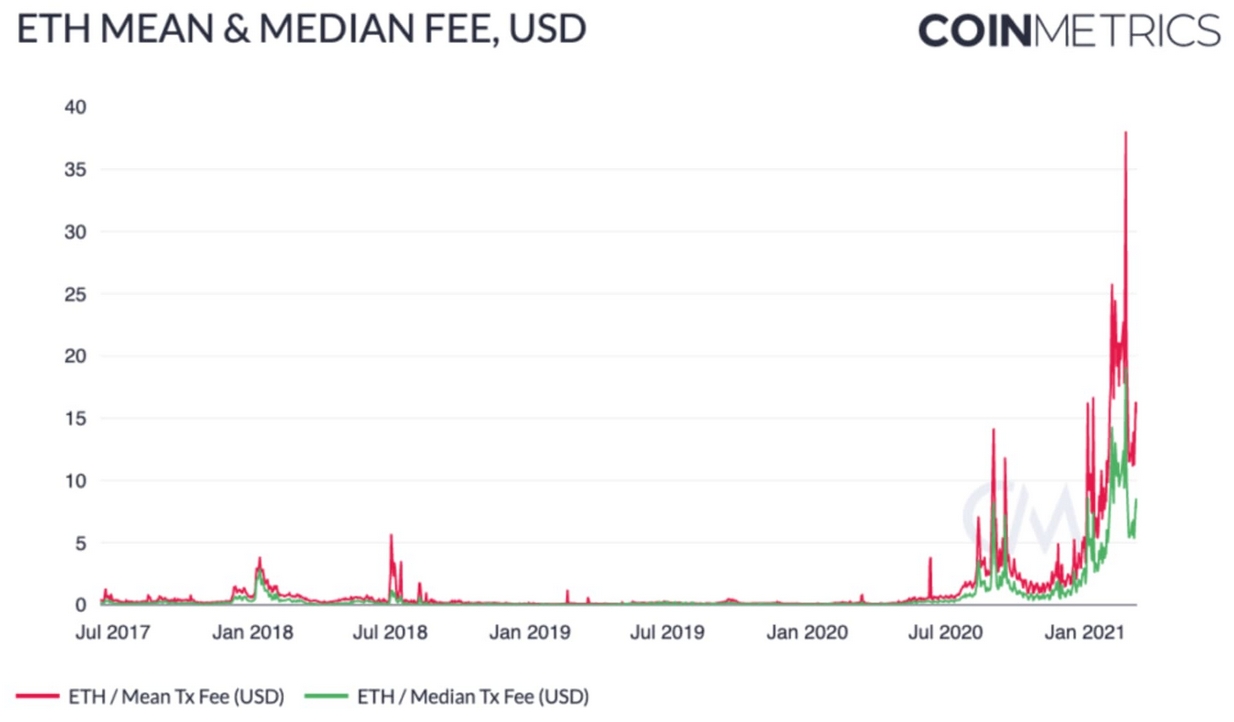Contents
Ethereum London update explained – EIP 1559
Why Ethereum EIP 1559 London update is important.
Ethereumunderwent a major update on 5th August 2021. This update, also referred as ‘London hard fork’ has risen the attention of the crypto community because it constitutes a big step towards the transition to Ethereum 2.0 and the Proof of Stake system (PoS).
What is Ethereum ‘London’ update?
The London Hard Fork are a set of five Ethereum improvement proposals (EIPs). EIP-1559, included in the London Hard Fork, aims to change speed and incentivisation of Ethereum mining.
There is no limit on Ethereum count as it is an inflationary cryptocurrency. Miners are rewarded with brand new coins every time they validate a block. They are compensated with the transaction fees that are paid by users.

Once the update is rolled out, miners will no longer receive income from transaction fees. This will reduce the supply and give Ethereum a much-needed boost. It would make transaction fees more predictable for those, who use this blockchain.
The upgrade will ensure that no amount of network congestion results in shooting up Ethereum gas price. This step of price transparency will single-handedly help increase the adoption of decentralised applications.
The benefits of Ethereum ‘London’ hard fork explained.
London hard fork should provide the following benefits to Ethereum:
- Save up to 90% of transaction costs
- Reduce unexpected wait times for transaction confirmations
- Disincentive selfish mining even if fees dominate rewards
- Disincentive selfish mining even if fees dominate rewards
Will Ethereum become a deflationary coin with EIP 1559 London update?
No, EIP-1559 proposal alone will not make Ethereum (ETH) deflationary. Befire London update, users had to must bid for how much they’re willing to pay
to have their ETH transaction picked up by a miner, which can be
extremely costly. Under EIP-1559, this process will be handled by an
automated bidding system with a set fee amount that fluctuates based on
how congested the network is.
The new ‘gas’ fee system after ETH update.
The other major change under EIP-1559 is that part of every transaction fee will
be burned, or removed from circulation, which will begin to reduce the
supply of ether and potentially boost its price.
That’s why, EIP-1559 is one of the most significant upgrades to Ethereum
since the network’s launch for the transition from a Proof of Work system to a Proof of Stake one. Only when this transition will be complete ETH should become a deflationary coin.
The difference between PoS and PoW.
Ethereum and Bitcoin are currently based on Proof of Work (PoW) systems. With a PoW model, miners (the people which has the computational resources – clusters – to extract cryptos) must compete to solve complex puzzles in order to validate transactions. On the other hand, on a Proof of Stake systems, transactions are validated by the coins (in this case ETH) that are ‘staked’ by users. For staking definition, you can check this article (How to benefit from the current Crypto boom).
The transition from ETH to ETH 2.0 (from PoW to PoS), is currently set for 2022 in case no other delays arise.
